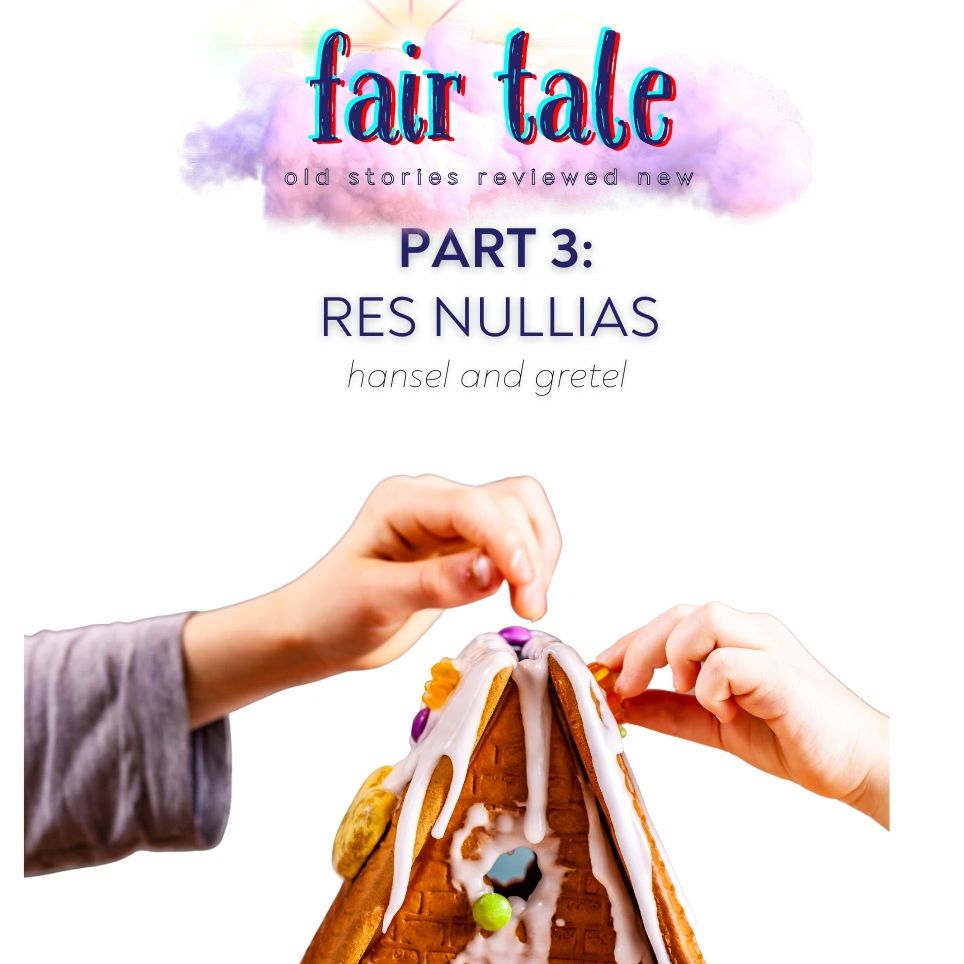Hansel and Gretel, a timeless tale that transcends generations, captivates with its intrigue and holds practical lessons amid its fantastical elements. Let’s delve into this narrative and extract some practical wisdom:

The story unfurls in a time of hardship, reflecting the real-world struggle against scarcity. Facing a severe famine, a woodcutter and his wife make a heart-wrenching decision to abandon their children, Hansel and Gretel, in the woods. The siblings, resourceful and resilient, navigate their predicament by leaving breadcrumbs to find their way back home.
However, the unanticipated truth emerges—bread crumbs are devoured by the forest’s inhabitants, leaving the children lost. Here lies the first lesson: Adaptability in Adversity. Despite meticulous planning, unforeseen circumstances can disrupt even the best-laid plans. In response to unexpected setbacks, flexibility and adaptability become crucial survival skills.
As Hansel and Gretel stumble upon a gingerbread house—an alluring facade concealing a malevolent intent—the story reflects the enticing but deceptive nature of appearances. Lesson two: Vigilance in Trust. Not everything captivating is safe, emphasizing the importance of discernment and cautious trust in unfamiliar situations.
Captured by the witch residing in the sugary abode, the children face imminent peril. Their resilience and wit, however, shine through. Hansel cleverly outsmarts the witch, ultimately freeing himself and Gretel. This embodies Lesson three: Resourcefulness and Collaboration. Leveraging individual strengths and working collaboratively can lead to solutions even in seemingly insurmountable circumstances.
Their return home, laden with treasures from the witch’s lair, signifies a triumphant homecoming. Here lies Lesson four: Growth from Challenges. Adversity, though daunting, can foster resilience and growth. The hardships endured by Hansel and Gretel equip them with newfound wisdom and strength upon their return.
Reflecting on Hansel and Gretel, one can’t overlook the pivotal role of familial bonds. The siblings’ unbreakable connection and mutual support serve as a beacon throughout their ordeal. This underlines Lesson five: Strength in Unity and Family Bonds. Nurturing familial relationships and standing together through trials fortify resilience and aid in overcoming adversity.
Just as the siblings found their way home, armed with newfound wisdom and treasures, so too can we find our way through life’s challenges, equipped with the invaluable lessons from this timeless tale.
The tale of Hansel and Gretel raises a poignant question: Why would the children yearn to find their way back to a home that was inherently abusive? It’s a complex and deeply human inquiry that speaks to the intricate wiring of our brains and the innate tendency to seek familiarity, even in distressing or abusive environments.
Home, despite its perils, represents familiarity—a realm ingrained in our psyche as a place of comfort and safety, irrespective of its flaws. The allure of returning home, regardless of its abusive nature, often stems from the brain’s natural inclination towards the known. The brain finds solace in the familiar, triggering a pull towards what it recognizes, even if that familiarity harbors harm.
This propensity to return to an abusive environment is entwined with psychological conditioning. The comfort derived from the familiar, no matter how distressing, can overshadow the uncertainty of venturing into the unknown. This psychological tethering to the familiar, even when fraught with abuse, underscores the complexity of severing ties with abusive people or environments.
However, severing ties with abusive situations is paramount for personal growth and well-being. The allure of familiarity should not overshadow the need for emotional and physical safety. Breaking away from toxic environments is akin to breaking free from invisible shackles that hinder growth and perpetuate harm.
True growth begins with acknowledging the toxicity and summoning the courage to step away from detrimental relationships or environments. It involves venturing beyond the confines of what’s known, embracing discomfort, and forging a path towards a healthier, more nurturing existence.
In the case of Hansel and Gretel, their eventual escape from the witch’s clutches symbolizes the pivotal moment of breaking free from a perilous environment. It represents the courage to sever ties with the abusive and embark on a journey towards autonomy and self-reliance.
Choosing to break free from abusive ties is an act of profound bravery and self-preservation. It allows for the possibility of healing, self-discovery, and the pursuit of a life free from the shackles of abuse.
In essence, the quest of Hansel and Gretel to return home despite its abusive nature mirrors the innate human inclination towards familiarity. However, the narrative also underscores the critical importance of recognizing the toxicity, severing ties with abusive environments, and embarking on a journey towards personal growth and a healthier, more fulfilling existence.
In general, by looking at these tales with adult eyes – I want to encourage thoughtful consideration of the value of the things that we have discarded as empty of value. I hope that by revisiting them we might be able to squeeze whatever juice remains useful to improving our understanding of ourselves and the power of shifting our stance.
If we change our stance we are able to view anew.
In so far as I am able to be consistent with my writing – I hope that you receive some benefit from my series Fair Tales: old stores reviewed new. I welcome all comments and insights you share. If you are interested in more information about counseling, coaching, or collaborating with me individually or for your organization please reach out to me via david@reamtexas.com.

